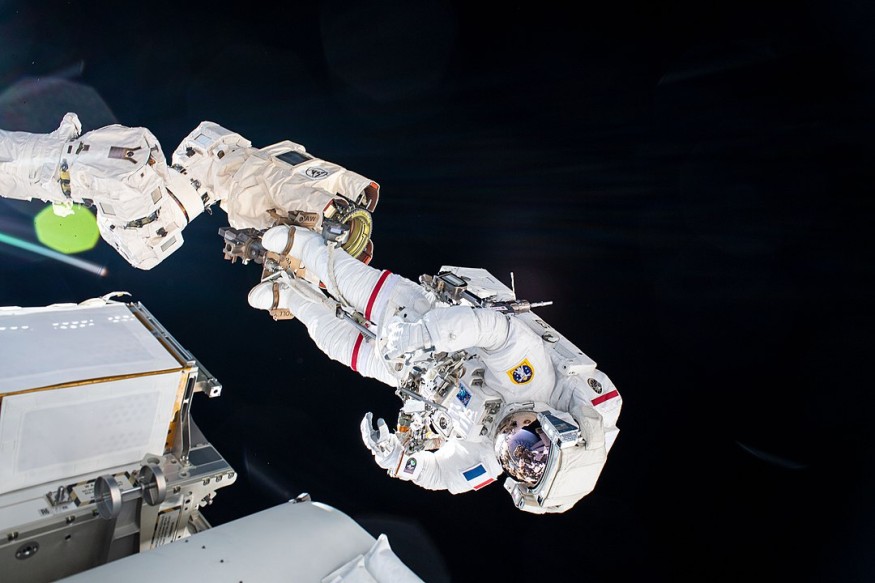Living on the moon and Mars is a dream that could be challenging in the present day. To make the possibility attained through the modern technologies at hand, numerous studies have been conducted, and many will be set on the future to find the best solution and the right choices for the biggest and most comprehensive astronomical venture for mankind. Living in space, specifically on the moon and Mars, may be a wonder yesterday, but the advancements of our scientific analysis could one day set a habitat for humanity wherever in the universe.
Longest Spacewalk: Europe Record

A recent mission in the International Space Station has concluded and among the participants was the French astronaut Thomas Pesquet. After his 6-month deployment to the space lab, Pesquet held a press conference in Germany regarding the milestones they achieved and the personal experience they had aboard the ISS. The expert also gave insights into his eagerness toward living on either moon or Mars. The key pointers that the astronaut shared at the conference were about working hard, the importance of hot showers, and the plans on considering the moon and Mars as the next target of their endeavors.
(During the conference in Cologne that was led by the European Space Agency (ESA), Pesquet expressed the desire to go and set foot on the moon, that is, if an opportunity is offered. According to a report by the ModernGhana, the French astronaut said that, like for the scientific community and the enthusiasts, the moon's aspects excite him. Among the statements they relayed to the press, Pesquet mentioned that there are still no Europeans that have been to the moon. However, the chances are high for the astronaut, considering that the space agency is already planning to launch a manned mission to the moon on or before 2030 hits the calendar.
Pesquet said in the meeting that many of the space agencies around the globe have already agreed to go back once again to the moon, but this time, they will be conducting the missions over the moon expedition in a sustainable approach and more meaningful research, all under a cooperative manner. Once the moon missions have been accomplished, the astronaut said that Mars would be the next target for exploration.
ALSO READ : NASA Mars Perseverance Rover Cleanly Scrapes A Martian Rock To See Something 'No One's Ever Seen'
Pesquet in Recent Alpha Mission and First-Hand Account of October's Largest Solar Flare
Among the most valuable missions that Pesquet participated in was the recent Alpha Mission. This ESA-led project gave the astronaut an opportunity to set a new record on being the first European expert that spent the longest time conducting a spacewalk outside the ISS. While the activity seems to be easy, there are a number of factors that make spacewalks a challenging task for astronauts. Among the essential aspects that should be considered during the stunt is the speed of the space station itself, which is measured to top at 27,700 kilometers per hour, enabling the whole chunk of the laboratory to hover 15 to 16 times around our planet.
Another matter that made Pesquet notable was the recent flares that were intensely emitted out by the sun. While aboard the ISS, Pesquet was able to see what he called "the strongest auroras of the entire mission.' The astronaut was the first to observe the solar flare last October and was able to capture some of the images from the activity. According to an Astronomy report, the description of the photograph that Pesquet took states that the flare initiated the largest aurora borealis appearance in their entire mission. The light show crowned the regions of North America, with features of blue-green waves that seemingly breathe and pulsate across the skies.
RELATED ARTICLE : SpaceX Crew-3 Astronauts Finally Arrives At International Space Station
Check out more news and information on Space in Science Times.












